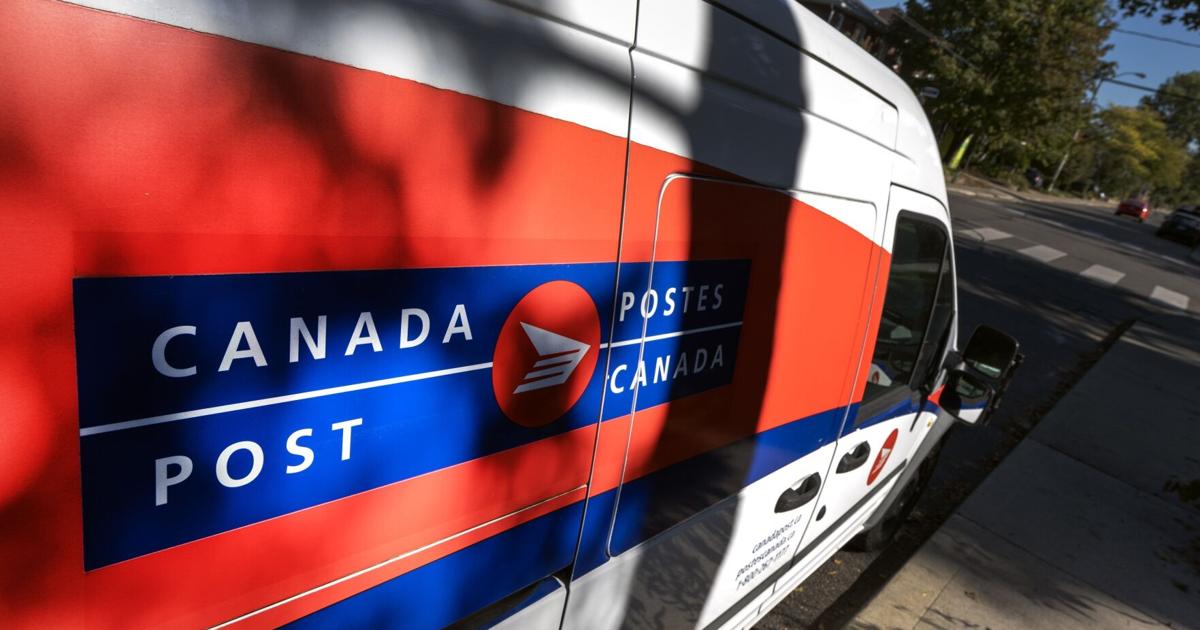AI-Powered Robot Aims To Reduce Cost of E-Commerce Deliveries

With the announcement on Tuesday of its low-cost, on-road delivery robot, a San Francisco Bay Area startup believes it has the solution to the high cost of delivering products ordered online.
The four-wheel robot made by Vayu Robotics eschews expensive LiDAR technology typically used by on-road driverless vehicles in favor of a transformer-based mobility foundation model with a powerful passive sensor.
LiDAR is a remote sensing technology that uses laser light to measure distances and create high-resolution images of objects and environments. It emits laser pulses and detects the reflected signals, allowing accurate 3D mapping and analysis of targets.
“People use LiDAR because traditional cameras have known failure modes in low light and harsh weather, and so on,” explained Vayu CEO and Co-founder Anand Gopalan.
“But with LiDAR, you always have the trade-off between making something that’s high-performance but very difficult and expensive to manufacture or making low-performance LiDAR that’s very easy to manufacture,” he told the E-Commerce Times.
“When you put LiDAR on a robot, the cost goes up by $10,000 to $15,000,” he said. “That’s prohibitively expensive for applications like delivery.”
Promising Innovation
Vayu explained in a statement that traditional mobile robots rely on costly LiDAR sensors and software modules built to do one task at a time, leading to expensive hardware and fragile software that is unable to handle new scenarios.
Vayu’s foundation model, the machine learning technology at the heart of generative AI, combined with a powerful passive sensor, eliminates the need for LiDAR. As a result, Vayu’s delivery robot operates autonomously without pre-mapping the roads it intends to drive on. It can navigate inside stores, on city streets, and unload packages on driveways or porches, carrying up to 100 pounds at speeds under 20 miles per hour.
According to the company, its delivery robots are already being debuted in real-world applications. It added that it recently signed a substantial commercial agreement with a large e-commerce player, which it didn’t identify by name, to deploy 2,500 robots to enable ultra-fast goods delivery, with similar commercial customers in the pipeline.
The team is also working with a leading global robotics manufacturer to replace LiDAR sensors with Vayu’s sensing technology for other robotic applications, it added.
“Overall, Vayu presents a promising innovation in the field of autonomous delivery, leveraging AI and cost-effective sensor technology to offer a competitive alternative to traditional LiDAR-based systems,” Mark N. Vena, president and principal analyst at SmartTech Research in Las Vegas, told the E-Commerce Times.
“However,” he continued, “it must navigate several challenges and risks to achieve widespread adoption and success.”
Could Accelerate Robot Deployments
Rob Enderle, president and principal analyst of the Enderle Group, an advisory services firm in Bend, Ore., added that if Vayu’s technology works at scale, it would significantly reduce the cost of this class of robots and accelerate their deployment in areas where the robots make sense.
“LiDAR works, but it is also a relatively expensive sensor, and you need a number of them on every vehicle for adequate coverage,” he told the E-Commerce Times. “The navigation system is the most expensive system on a delivery robot, and this would reduce the cost of such a system significantly.”
While LiDAR sensors are more expensive than using cameras and radar, active sensors also have significant safety advantages in being able to measure where objects are around the vehicle accurately, noted Sam Abuelsamid, principal analyst for e-mobility at Guidehouse Insights, a market intelligence company in Detroit.
“It’s possible to use cameras only, but they need to be configured in stereo pairs to get accurate range measurements,” he told the E-Commerce Times. “When each camera is facing a different direction, and you are relying on AI inference, it will never be as accurate. It’s more prone to erroneously identifying a picture of someone on the side of a bus as a pedestrian, as an example.”
“Radar or LiDAR in combination with cameras is a superior solution from a safety perspective,” he declared.
He added that the cost of LiDAR has come down dramatically. Sub-$500 LiDAR is readily available from Hesai and RoboSense, while Luminar offers LiDAR priced around $1,000.
Regulatory and Operational Challenges
Shaving component costs from its robots is not the only way Vayu’s robots can save a company money. “Passive sensors typically require less maintenance and are more durable, contributing to lower operational costs and increased reliability,” Vena said.
However, there can be a downside to passive sensors. “These sensors generally offer less accuracy and detail than LiDAR systems, potentially affecting Vayu’s ability to navigate and detect obstacles effectively in certain conditions,” Vena noted.
“Environmental factors such as lighting, weather [conditions], and dynamic obstacles could impair the robot’s performance, raising safety concerns,” he explained.
“Moreover,” he added, “developing robust AI algorithms to compensate for the lack of LiDAR is technically challenging and resource-intensive, necessitating significant investment in research and development to ensure reliable operation.”
There are also regulatory and operational challenges facing delivery robots in general. “Many cities have rules about where such bots can operate, and sometimes they aren’t allowed on sidewalks or in bike lanes,” Abuelsamid explained, “and there are roads where a 20-mph bot might not be allowed.”
“There’s also the problem of having someone available to receive deliveries,” he added. “A passenger can get out of a robotaxi and [leave]. But someone needs to be at the destination to remove packages from a bot. If the bot goes out on a delivery run and no one is there, it might have to wait or return without making the delivery.”
Opportunities Available
Despite the challenges facing delivery bots, Vena argued that Vayu’s bot can open up numerous opportunities.
“Its cost advantage allows it to penetrate new markets, including small- and medium-sized enterprises that previously found robotic delivery solutions prohibitively expensive,” he said.
“There are also opportunities for partnerships and collaborations with other technology companies to enhance Vayu’s capabilities and expand its applications,” he continued. In its statement, Vayu explained that its technology is form-factor agnostic, allowing it to be used in various wheeled, quadrupedal, and bipedal robots.
“Any place where you use LiDAR for short- to mid-depth sensing, our technology could replace those depth sensors and sometimes provide even more robust output but with the cost of a standard camera,” Gopalan asserted.
Vena warned that opportunities come with risks, such as navigating regulatory landscapes, ensuring market acceptance, and facing competition from companies using advanced sensor technologies. “To succeed,” he said, “Vayu must stay ahead of technological advancements and address potential security risks associated with cyberthreats.”
Editor’s Note: The Vayu photo and video featured in this article are courtesy of Vayu Robotics.
link







